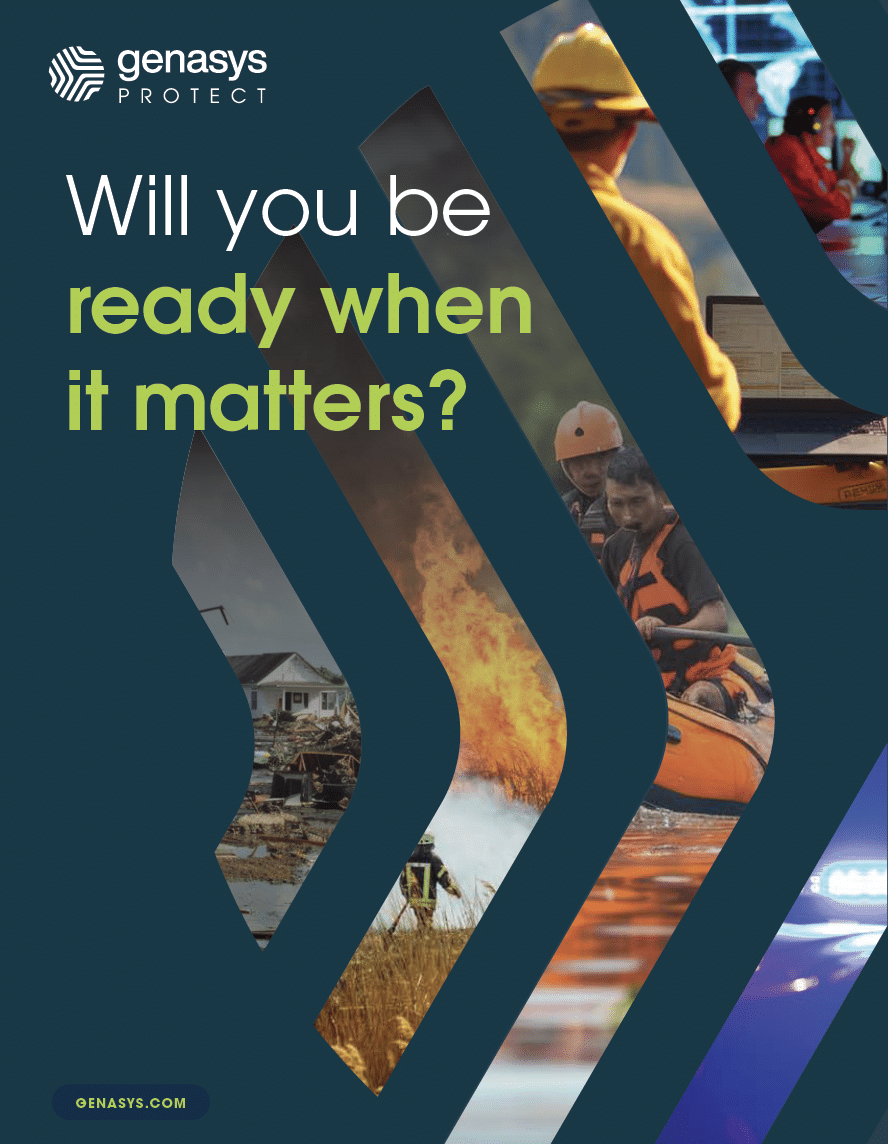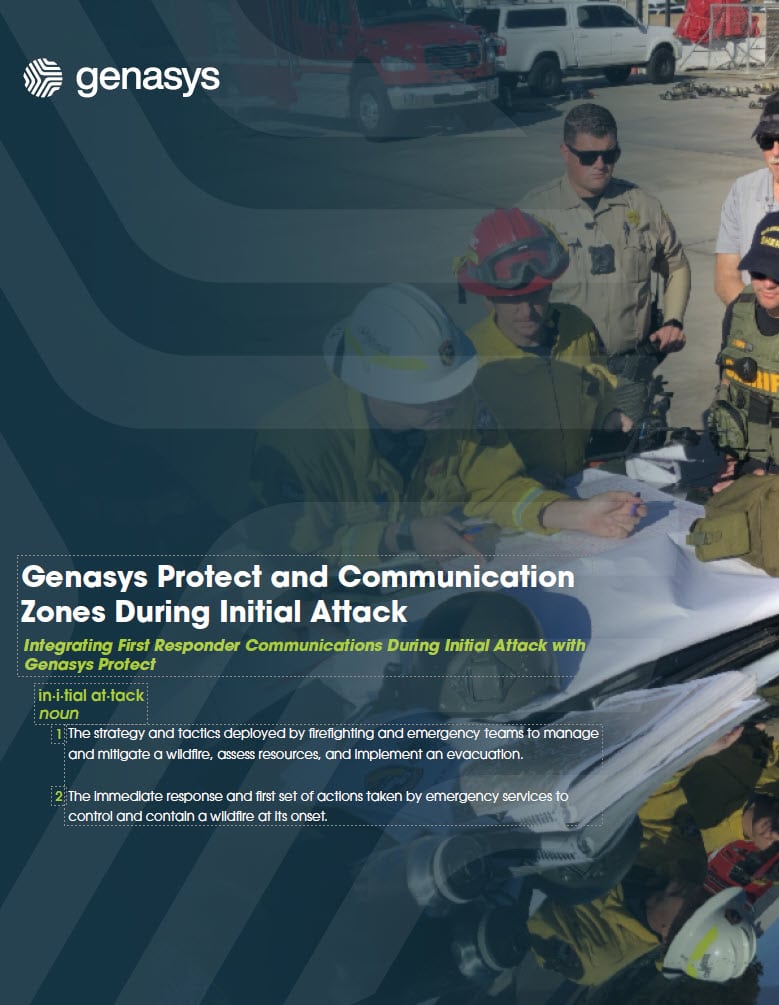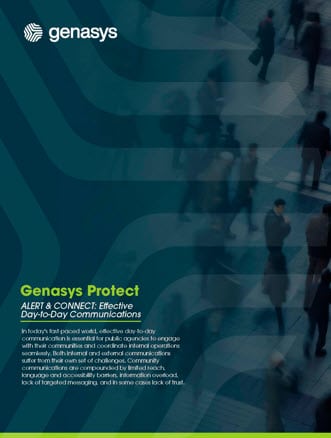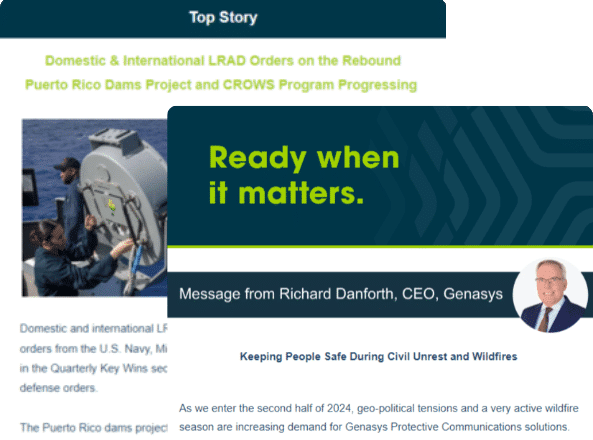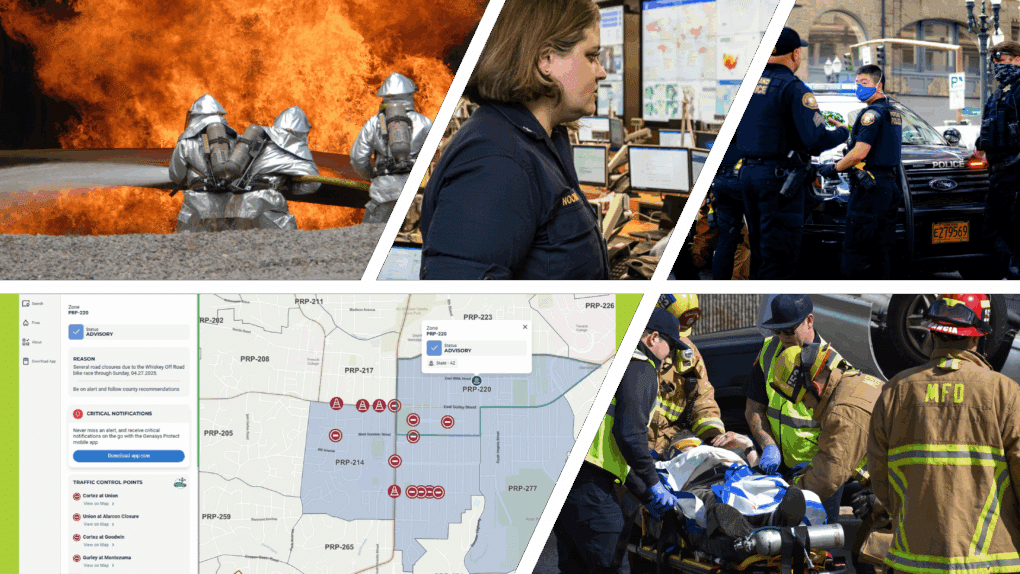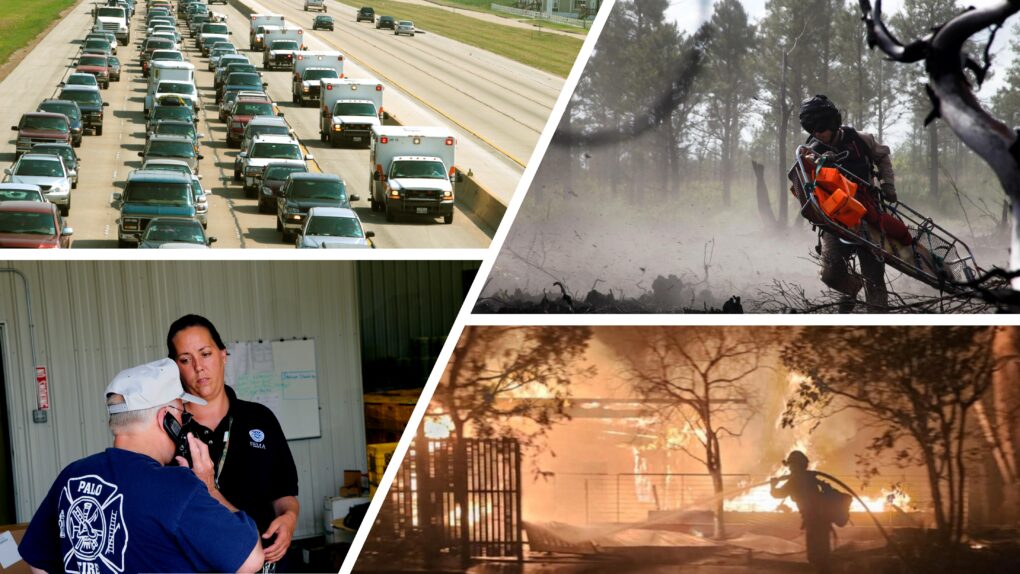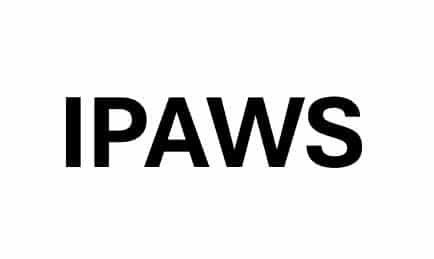By Andrew Hendricks, Enterprise & SLED Account Executive, Genasys Inc.
Key Takeaways:
- A vast number of World Cup 2026 fans won’t be registered for local alerts or speak English. Cities need systems that reach everyone.
- Combine multi-channel alerts including SMS, digital signage, ACOUSTICS & LRADs with Wi-Fi autodiscovery in the stadium to reach everyone. Use auto-translation to ensure everyone understands alerts and follows instructions.
- Past tragedies show that poor communication during critical moments like crowd surges can turn confusion into catastrophe. Now is the time to audit current systems, plan evacuations, simulate scenarios, and integrate scalable technologies before fans arrive.
One year from now, hundreds of thousands of fans will flood host cities for the 2026 World Cup. They’ll come from every continent, speak dozens of languages, and follow different norms. Most won’t know local emergency protocols. Many won’t speak English. And almost none will have opted into your alert system.
So when something goes wrong, whether a losing team’s fanbase turns aggressive, a fan collapses needing medical attention, a storm or heatwave rolls in, or any number of unforeseen events, how will you reach them? That’s not easy. Agencies are balancing legacy systems, limited budgets, and coordination across jurisdictions, all while being expected to perform flawlessly under pressure.
Regardless, that’s the question cities must answer now, before the crowds arrive.
When Confusion Turns to Crisis
In Itaewon, a Halloween crowd surge killed 159 people. At Astroworld, 10 died when panic spread faster than information. They showcase what can go wrong when communication is lacking.
In high-pressure moments, people don’t wait. They run. They freeze. They follow others blindly.
Controlling the crowd can be extremely difficult. But it is possible to set yourself up for success if your tools are ready.
Mass Notification Systems: Reaching Everyone, Instantly
Modern emergencies demand multi-channel reach. Phone messages are generally one of your best options, but, not everyone checks their phone. Not everyone speaks the same language. Not everyone is paying attention.
That’s why Genasys enables you to:
- Send alerts via multiple channels including SMS, push notifications, email, and voice calls.
- Reach devices connected to venue Wi-Fi, even without opt-in, using Wi-Fi autodiscovery, a capability that lets you send alerts to mobile devices as they connect to public networks, no sign-up required.
- Override digital signage to broadcast emergency communication instructions.
- Use ACOUSTICS & LRAD to project clear, intelligible messages across loud, chaotic environments that are heard and understood in buildings and vehicles over the sound of roaring crowds. LRADs offer mobility, they can be carried by personnel or mounted on vehicles and helicopters to reach wherever the message is needed. ACOUSTICS systems provide resilience with remote operation and failover capabilities to continue functioning even if power or network systems go down.
- Extend a live, public-facing map and app that shows zone statuses, road closures, and key updates, helping people make informed decisions and avoid confusion. Beyond keeping the public informed and allowing them to prepare ahead of the event it reduces the influx of 911 calls in the event of emergencies as people can access critical information at any time.
- Send location-triggered alerts as people enter active zones, including areas around or within the stadium, so they receive the most relevant updates wherever they go.
Different channels have their unique strengths and will overcome each other’s weaknesses.
These tools are already being used by agencies across the country in high-density environments, from stadiums to urban downtowns, and are designed to integrate with your existing systems and workflows.
Multilingual Alerts: Speaking the Right Language, Every Time
Reaching people is a critical first step, but it’s just the beginning. In a multilingual crowd, it’s just as important to ensure people can understand and act on the alerts they receive. That’s why Genasys has auto-translation features to deliver alerts in the language set on a person’s phone. One alert goes out, but thousands get it in the language they understand without additional work for public safety authorities.
This builds trust, calms panic, and helps avoid dangerous misinterpretations. It’s not just more inclusive, it’s more effective.
Large Event Public Safety Requires Planning Ahead to Prevent Chaos
Before the event begins, Genasys Protect helps agencies prepare targeted, time-saving emergency communication plans before day one. Use it to:
- Populate public maps and apps with exits, routes, and key information.
- Let attendees self-navigate with real-time updates.
- Run traffic simulations to identify bottlenecks before they form.
All of this planning helps you build smarter alert templates, pre-loaded with the right language, routes, and instructions, so you’re not starting from scratch in the middle of a crisis. When every second counts, delivering the right message faster means getting people out of harm’s way sooner.
Event planning isn’t just about logistics, it’s the foundation for fast, effective communication. Event planning doesn’t end at the stadium gates. EVAC extends crucial information to every fan.
Yesterday’s Tools Can’t Handle Today’s Crowds
Sirens, static signage, and social media aren’t enough anymore. They’re slow. They’re limited. They don’t scale to the complexity of a global event nor global expectations for safety and security.
The cities that plan for scale, clarity, and multilingual reach today will be the ones that maintain control when it matters most during World Cup 2026. The rest risk confusion, panic, and reputational damage.
Start preparing today: conduct a communication audit, test multi-language alerts, and train staff on tools that don’t rely on opt-ins. The world will be watching. Make sure you’re heard.
Contact us now to learn more about CONNECT & LRAD and how Genasys can help you prepare for World Cup 2026.



